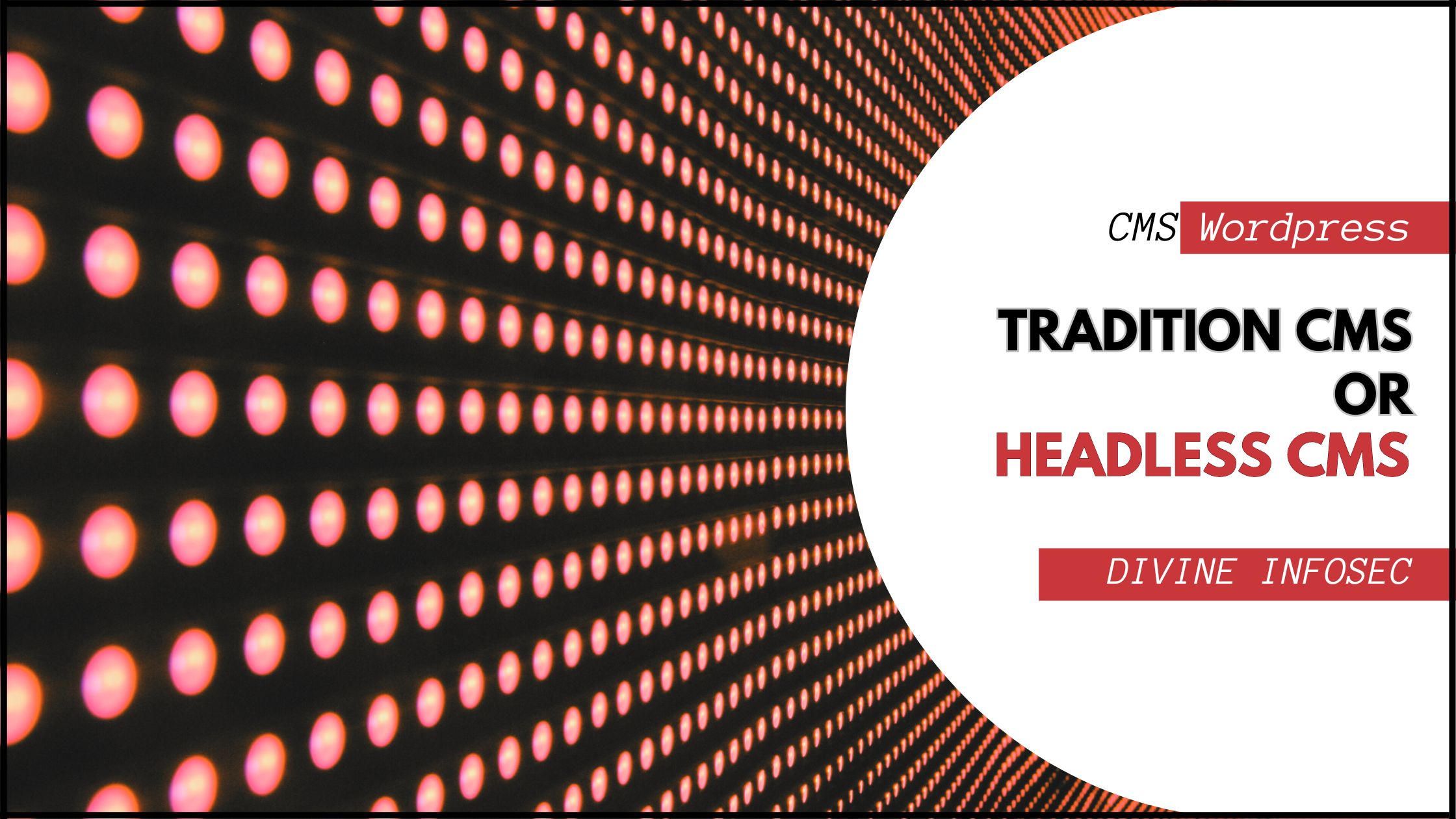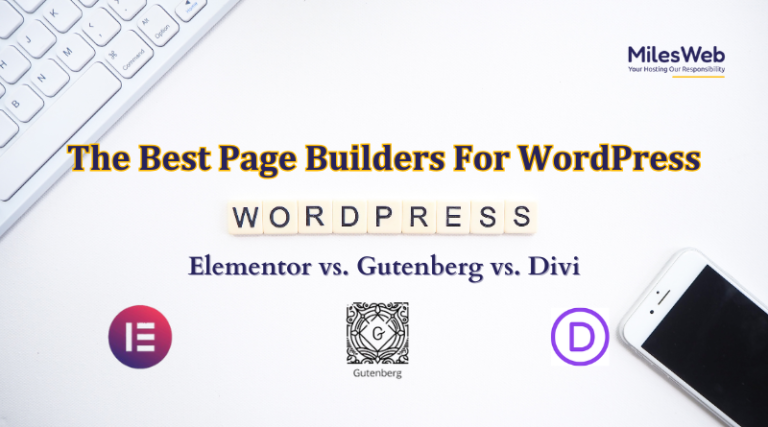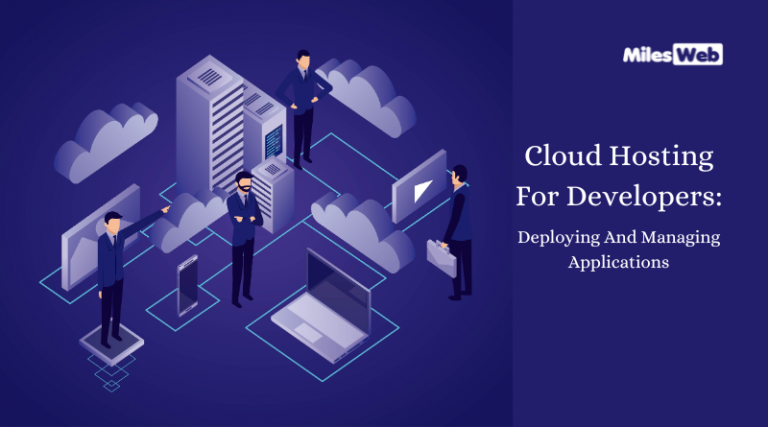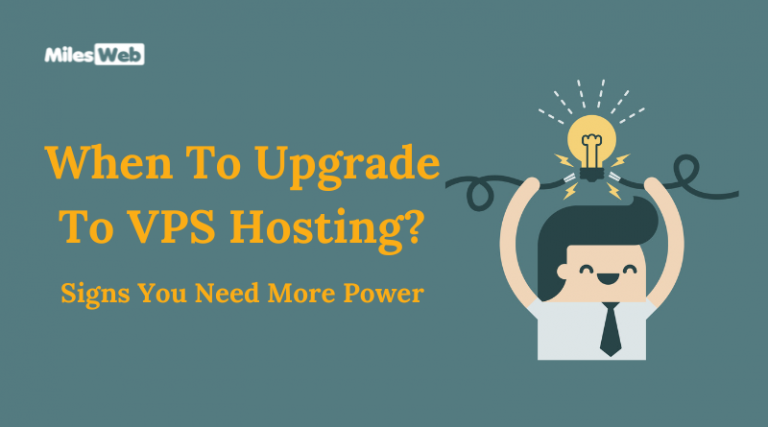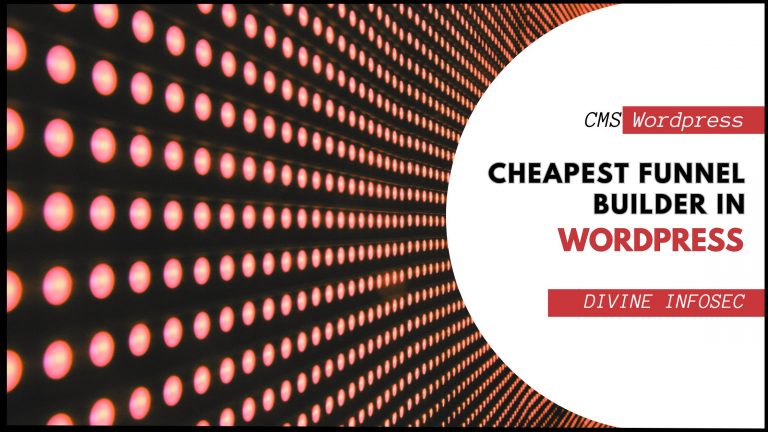Table of Contents
Introduction
Ever wanted to build a killer website? Well, you’ll need a tool to manage all the awesome features that makes it tick. Today, we’re diving into two popular options: WordPress vs Headless CMS.
WordPress is kind of like an all-in-one website kit. It lets you write blog posts, design pages, and even add features like online shops. It’s super user-friendly, so even beginners can get started fast. Imagine it’s like those Lego sets with clear instructions – perfect for building a website without needing to be an engineer.
Headless CMS, on the other hand, is a bit more like a behind-the-scenes organizer. It focuses on letting you create and manage your content (text, images, videos), but it doesn’t actually build the website itself. Imagine it as a giant box filled with all the website ingredients, but you need someone else (a developer) to cook them up into a delicious website. This might sound complex, but it gives you tons of flexibility to design exactly the website you want.
Evolution of Content Management System
In the early days of websites, information was pretty static, like a printed flyer. Updating content was a hassle! Thankfully, Content Management Systems (CMS) came along, making website updates easy. Traditional CMS acted like an all-in-one outfit, where creating content, design, and delivery were all bundled together.
The rise of smartphones, smart TVs, and a vast array of devices meant websites needed to be more flexible. This is where Headless CMS enters the scene! Unlike traditional CMS, Headless CMS separates content creation from design, allowing for more customization. Imagine it as a build-your-own wardrobe instead of a one-piece outfit. This flexibility lets you deliver your content to any device, making Headless CMS the perfect choice for creators who want their websites to stay ahead of the curve.
Advantage and Drawbacks
Benefits of headless CMS vs WordPress
Choosing a website platform can feel overwhelming. Two popular options are WordPress and Headless CMS. But which one is right for you? Here’s a breakdown of their strengths:
Flexibility: WordPress is great for basic websites. However, if you crave a more unique design or want your website to work seamlessly across devices like phones and tablets, a Headless CMS offers more freedom. Think of it like building with Legos – WordPress gives you a pre-designed set, while Headless CMS offers a box of endless possibilities.
Speed and Security: Headless CMS often delivers faster loading times because it focuses solely on content management. This can be crucial for a smooth user experience. Additionally, since the content and design are separate, Headless CMS can offer stronger security features. Imagine a high wall protecting your content from online threats.
Future-Proofing: The web is constantly evolving. With a Headless CMS, you can easily deliver your content to any new device or platform that emerges. Think of it as having a website that can adapt and grow with technology, keeping you ahead of the curve.
Learning Curve: WordPress is known for its user-friendly interface. If you’re a beginner, creating a website with WordPress is much easier. Headless CMS, on the other hand, requires more technical knowledge to set up and maintain. Imagine it as a powerful tool that might take some practice to master.
When to use a headless CMS vs WordPress
1. Design Freedom and Multi-device Compatibility:
- WordPress: Great for standard website layouts, but struggles with highly customized designs or flawless mobile responsiveness.
- Headless CMS: Perfect for unique website experiences and seamless adaptation across devices like phones, tablets, and even smart TVs. With Headless CMS, content easily integrates with any design framework, allowing you more creative control over your website’s look and feel.
Think of it like this: Imagine building a house. WordPress provides pre-fabricated walls and a basic layout, while Headless CMS offers individual bricks and blueprints, letting you design a truly custom home that works on any street.
2. Speed and Security:
- WordPress: While secure for basic websites, WordPress can experience slower loading times with heavy customization. Security can also be a concern with constant plugin updates.
- Headless CMS: Often delivers lightning-fast loading speeds due to its focus on content management. Since design and content are separate, Headless CMS offers more flexibility for robust security measures. Imagine your website as a race car – Headless CMS keeps it lightweight and secure for optimal performance.
3. Future-proofing Your Website:
- WordPress: Can feel restrictive if you envision significant future growth for your website. Adding new features or functionalities might require complex modifications.
- Headless CMS: The separation of content and design in Headless CMS makes it easier to adapt your website to emerging technologies or platforms. It’s like having a website with building blocks you can rearrange and expand upon as your needs evolve.
Note: By considering these factors, you can choose the platform that best suits your project. If you prioritize design freedom, speed, and future-proofing, a Headless CMS might be the champion for you. However, if you value ease of use and a quick turnaround for a basic website, WordPress could be a perfect fit.
Most popular Headless CMS available
The world of Headless CMS offers a variety of choices, each with its own interesting story. Here are a few of the top contenders:
- Strapi: Imagine Legos for websites! Strapi, created in 2014, is a free and easy-to-use tool for developers to build unique websites and apps.
- Contentful: Founded in 2013, Contentful is like a delivery service for your website content. It lets you easily send your content (text, images, etc.) to any website or app, making it a popular choice for all sorts of projects.
- Storyblok: Launched in 2017, Storyblok makes editing your website content a snap. Think of it like building blocks – you can easily arrange and manage text, images, and other elements to create your website.
- ButterCMS: This lightweight option arrived in 2014. Perfect for smaller projects or those on a budget, ButterCMS is a simple and affordable way to manage your website’s content.
Conclusion
Building a website? Choosing a platform can be tough! WordPress is user-friendly and great for quick setups, while Headless CMS offers more design freedom and future-proofing for complex projects.
Think of websites needing to adapt to phones and tablets – that’s where Headless CMS comes in. It separates content from design, making websites work on any device.
Headless CMS is powerful, but requires more technical knowledge. WordPress is easier to use, but struggles with complex designs.
The choice depends on your needs. Need a user-friendly website fast? Choose WordPress. Prioritize unique design, speed, and future-proofing? Headless CMS might be your champion.
Explore options like Strapi (free and developer-friendly) or Contentful (seamless content delivery) for Headless CMS!
By understanding these platforms, you’re well on your way to building a website that thrives!
